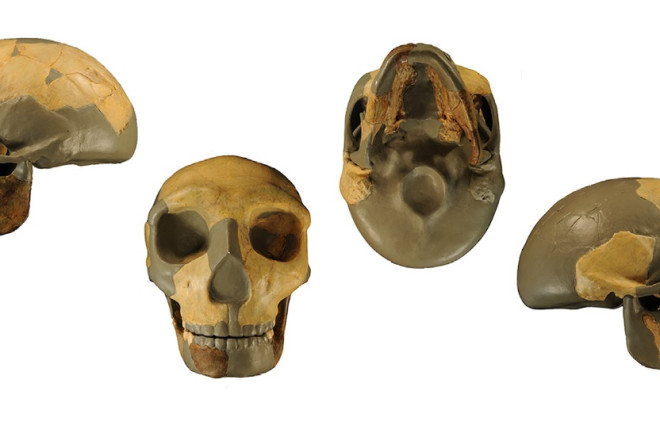Title: Ancient Skull Unleashes a Quest for a New Human Species
Introduction:
A remarkable archaeological find in China has left scientists perplexed and sparked a debate about the human family tree. After years of investigation, a 300,000-year-old skull discovered at a dig site has baffled researchers due to its combination of both archaic and modern features. Experts are now calling for the creation of a new human species closely linked to Homo sapiens. This groundbreaking study, published in the Journal of Human Evolution, is the first attempt to comprehensively classify the skull, which exhibits a flat face and modern human-like teeth. These characteristics challenge the prevailing understanding of our evolutionary history, contrasting with other skulls found from earlier periods, such as the Denisovans with their flattened chin, and the more archaic humans with their distinct skull shape and jaw structure.
Fossils That Defy Classification:
This proposal delves into a longstanding debate surrounding the classification of China’s abundant human fossils, which defy traditional categorizations like modern-day humans, European Neanderthals, and Asian Denisovans. For over 50 years, archaeologists have unearthed numerous fossils in China that bear resemblance to Homo sapiens, yet possess archaic traits. Some researchers have postulated that these specimens may bridge the gap between our ancient ancestor, Homo erectus, and modern humans. However, this viewpoint has not gained widespread acceptance. Many fossils from the Middle Pleistocene epoch, spanning between 126,000 and 770,000 years ago, contribute crucial insights into human evolution.
Genetic Clues to Unravel:
Over the past decade, excavations in China have revealed even older specimens that have garnered diverse labels, ranging from East Asian Middle Pleistocene hominins and the East Asian variant of Neanderthals to simply “Non-Erectus.” Curiously, some researchers argue that these enigmatic Middle Pleistocene bones symbolize the transition from archaic to modern humans, who appeared approximately 160,000 years ago. While the newly discovered skull does possess features akin to modern humans, the presence of these traits is faint when compared to the more recent Late Pleistocene fossils.
A Tale of Two Skulls:
In 2021, multiple teams of researchers made an intriguing discovery in northeastern China. They unearthed an enormous ancient skull believed to be at least 146,000 years old. This significant find sent shockwaves through the field of ancient hominin archaeology and prompted suggestions for a new early human species. Drawing inspiration from the “Harbin” skull’s morphology, which shared similarity with the human fossils from the Hualongdong area (where the new skull was discovered), the new paper introduces the notion of a lineage distinct from H. erectus or the Denisovans but closely related to H. sapiens. The study proposes that during this time, several different hominin lineages or taxa coexisted, but only a few could potentially be considered putative ancestors of H. sapiens.
Conclusion:
The age-old debate over human evolution continues to puzzle scientists, with the recent discovery of an ancient skull from China introducing new complexities. With its blend of archaic and modern features, this skull challenges previously established classifications and has spurred the need for a reevaluation of our understanding of the human family tree. As researchers strive to unlock the secrets held within these mysterious fossils, each revelation brings us closer to unraveling the intricate story of our origins.
